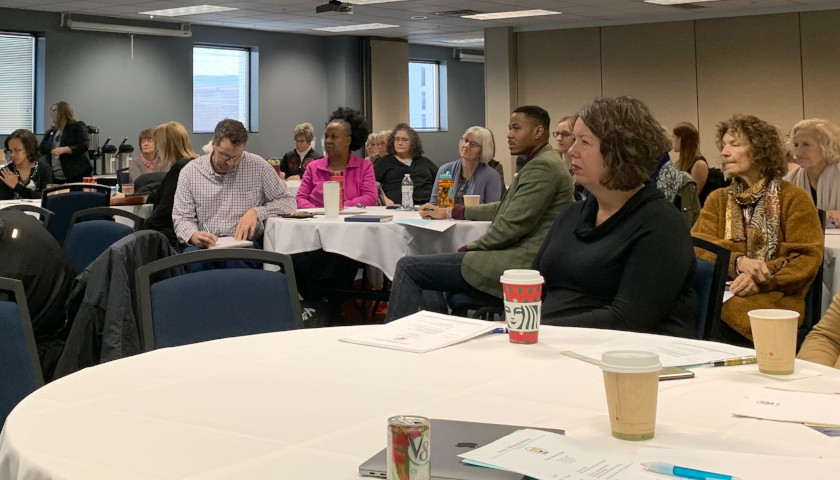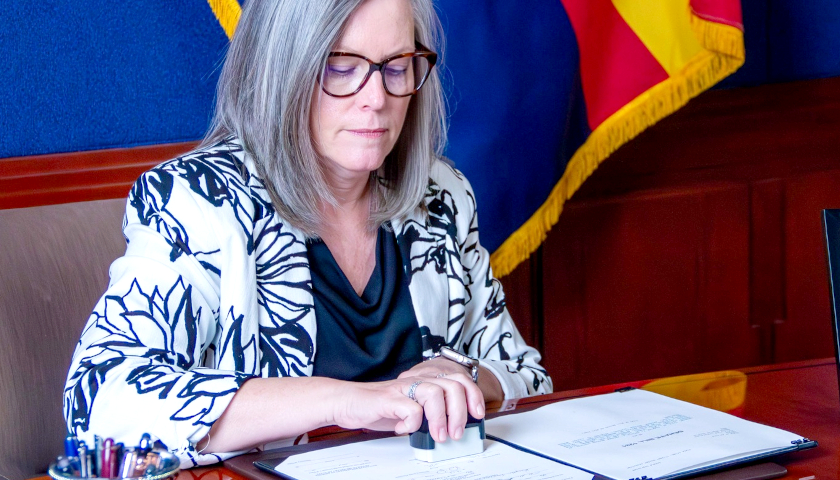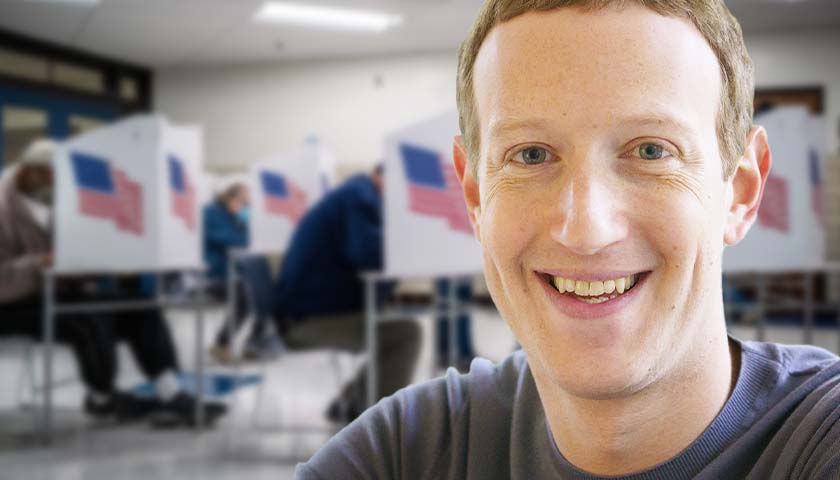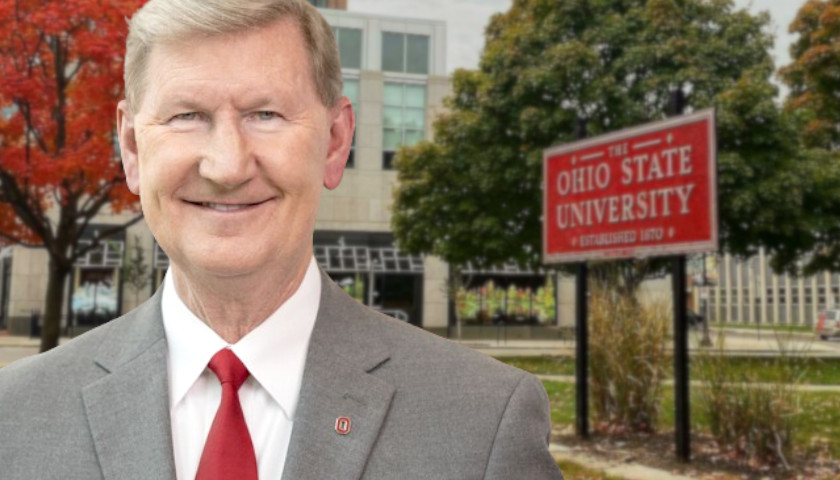COLUMBUS, Ohio – Dr. Karen Countryman-Roswurm from the Center for Combating Human Trafficking exposed how flaws in the current system designed to help actually lead to the criminalization of children and teens at an Ohio Adolescent Health Centers (OAHC) event last Monday.
She and her Center have devised a better method she shared with attendees call the Lotus Anti-Trafficking Model. The doctor presented some details about the plan in an after-lunch session and provided recommended sources for additional information such as Shared Hope International’s state report cards and the Polaris Project.
Dr. Countryman-Roswurm explained to dozens of Ohioans who work with teens, at-risk youth and trafficked children, that the focus in human trafficking (HT) largely continues to be on arresting the women and children who are the victims, but not always to help them.
Those who are trafficked are more often arrested and prosecuted than the pimps and the Johns who are exploiting them. The result is compounded trauma and further victimization from those who should be a source of hope and help.
“True demand reduction requires that we address the more systemic, adaptive challenges that are woven into the very fabric of our country – the ism’s. And it means we shift our focus to holistic health, education, healthy communication and relationships, equal access, etc.,” the doctor said.
She provided The Ohio Star with an example of the system criminalizing the victim from her blog, “Justice for Hope.” Dr. Countryman-Roswurm wrote:
A minor victim of human trafficking herself, Hope remained under the control of a perpetrator who, as typical in trafficking situations, utilized her social media account to attempt contact with one of her peers. Thus, while the attempt was unsuccessful, and the perpetrator never made direct contact with nor exploited Hope’s peer, such interaction is deemed as “recruitment” under the action element of the crime of human trafficking. For this, there is an opportunity to prosecute Hope for human trafficking.”
Hope was charged and convinced to accept a plea deal, a common occurrence for HT victims who do not understand their legal rights. The government-provided lawyers rarely, if at all, dig deep enough into their clients’ situations to find out the facts, nor do they suggest alternatives to the plea deals. The attorneys assigned to work on behalf of these victims too often assume they are the guilty parties and are unwilling to dig beyond the surface.
A large percentage of those arrested for trafficking and being trafficked are minorities. Dr. Countryman-Roswurm expressed her strong desire to seek justice for poor, minority and foster children who are enslaved in that way. She also shared that she is half Swedish, half-Native American from the Blackfoot Tribe, a former foster kid and understands trafficking first hand. Her personal experiences have propelled her to action.
“I am very aware of racism and other ‘isms, but this seminar gave me increased empathy for the victims. Human trafficking is sometimes portrayed as a racist issue causing more victimization. Human Trafficking is, in reality, a symptom of a much greater problem showing that humans can be very deceptive and evil. Oh, how we wish humans were basically good, but the truth is revealed in the darkest depths of this issue,” President of OAHC and Relationships Under Construction Catherine Wood said.
– – –
Beth Lear is a reporter at The Ohio Star. Follow Beth on Twitter. Email tips to [email protected].






